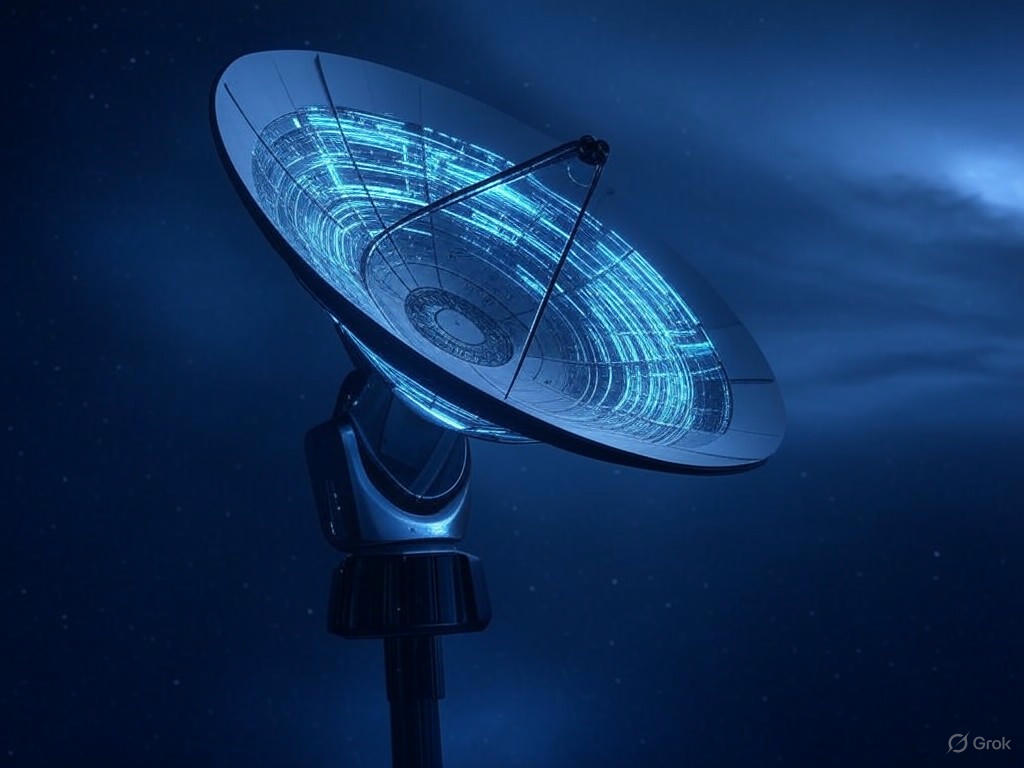In the ever-expanding realm of space exploration, the integration of Artificial Intelligence (AI) has become a pivotal factor in enhancing communication systems. As humanity ventures further into the cosmos, the demand for efficient and reliable communication technologies has surged, making AI an indispensable tool in this domain.
AI and machine learning algorithms are revolutionizing space communications by automating various processes and optimizing data handling. These technologies enable the analysis of vast amounts of data collected from space missions, thereby improving the efficiency of communication systems. By employing AI, space agencies can process and interpret data more swiftly, which is crucial for real-time decision-making during missions.

One of the primary applications of AI in space communications is automation. Automated systems can manage routine tasks such as satellite positioning and signal routing, freeing up human operators to focus on more complex aspects of mission control. This automation not only enhances operational efficiency but also reduces the likelihood of human error, which is critical in the high-stakes environment of space exploration.
Moreover, AI-driven data analysis plays a significant role in optimizing communication networks. Machine learning models can predict and mitigate potential disruptions in communication channels, ensuring a more stable connection between spacecraft and ground stations. This predictive capability is particularly valuable for long-duration missions, where maintaining a continuous link is essential for success.
The use of AI in space communications also extends to the optimization of bandwidth usage. By intelligently compressing and decompressing data, AI algorithms can maximize the efficiency of data transmission, allowing for more information to be sent and received within the same bandwidth constraints. This optimization is vital for missions that rely heavily on data, such as those involving remote sensing and scientific research.

The technological advancements driven by AI are not only limited to current space missions but also hold promise for future endeavors. As AI continues to evolve, its potential to further enhance space communications will likely lead to more ambitious and complex missions, pushing the boundaries of what is possible in space exploration.
In conclusion, the role of AI in space communications is multifaceted, encompassing automation, data analysis, and optimization. These capabilities are transforming the way space agencies communicate, making missions more efficient, reliable, and successful. As AI technology progresses, its impact on space communications will undoubtedly grow, heralding a new era of exploration and discovery.